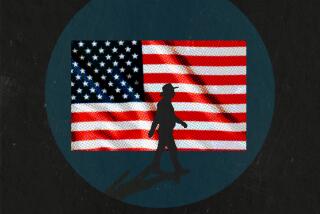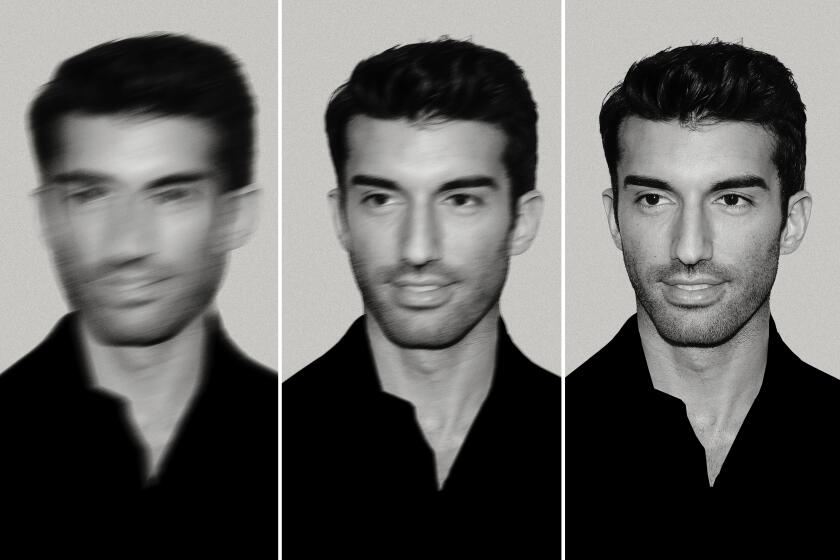Double Remembrance of the Making of ‘Midnight Cowboy’
- Share via
A well-conceived audio track adds immeasurably to the joy of rediscovering “Midnight Cowboy,” a new release from the Criterion Collection (The Voyager Co., CAV full-feature format, digital sound, $80).
The 1969 film--directed by the British director John Schlesinger and written by Waldo Salt, based on the James Leo Herlihy novel--comes with an audio track that not only features Schlesinger’s observations but also those of producer Jerome Hellman. The double remembrances of the filming of this controversial, gritty look at two small-time hustlers in New York City is especially effective, because often their memories don’t converge precisely, but complement each other in illuminating ways.
The movie, a surprise hit for everyone involved, catapulted Jon Voight to stardom and defined Dustin Hoffman’s remarkable virtuosity as an actor. Hoffman, spotted off-Broadway in a production of “Eh,” was signed for the role before he was grabbed for “The Graduate.” When Mike Nichols asked him to do that film first, he only did so after checking with Hellman to make sure the two films wouldn’t conflict. Hoffman was determined not to miss playing the role of “Ratso” Rizzo.
Voight, Hellman recalls, was not the first choice for Joe Buck, but he was asked to read at the insistence of casting director Maryanne Dougherty. He was among the quartet who made the final cut, but when the first-choice actor tripled his asking price, the role fell to Voight who, like Hoffman, was nominated for an Academy Award. Conjecture was that the two split the vote; John Wayne won for “True Grit.”
“Looking back at this film again after 20 years, it’s amazing how their performances endure,” says Schlesinger. “Midnight Cowboy,” Schlesinger’s first American film, earned well-deserved Oscars for best picture, best screenplay, best director and best editing.
But it is almost as well known for being virtually the first mainstream film to be released with the MPAA’s X rating. “We felt the X rating was the correct rating for it . . . .” Hellman says. “X in those days did not mean pornography.” It meant, simply, that it was inappropriate to show to children. After its strong showing at the Oscars, the film was re-rated R, “but nothing was cut,” Hellman said, even though the MPAA had urged the filmmakers to cut “just one frame” to justify the new rating.
The film holds up remarkably well. Thanks to the audio track, we learn that Schlesinger encouraged the actors to improvise scenes. Most were recorded, and Salt would listen to the tapes, integrating bits and pieces of the improv into a polished, scripted scene.
Schlesinger, alone in New York for the first time, captured many of his fresh observations of survival in the abyss of Manhattan in a series of documentary-like shots, including the first “crowd” shot integrating the actors into real city scenes. Hellman notes that the film was budgeted at $2.8 million, but ended up costing $3.2 million, even though United Artists had hoped it would come in at $2.2 million.
“Midnight Cowboy” has been beautifully transferred to videodisc, with the city’s dark, ominous colors standing out in stark contrast to the sunlit Miami scenes, the symbol of hope for Hoffman’s Ratso Rizzo. Intermixed is the staccato of black and white and color flashbacks, all well-defined in a minimum letterboxing that preserves the film’s original aspect ratio.
More to Read
Only good movies
Get the Indie Focus newsletter, Mark Olsen's weekly guide to the world of cinema.
You may occasionally receive promotional content from the Los Angeles Times.










